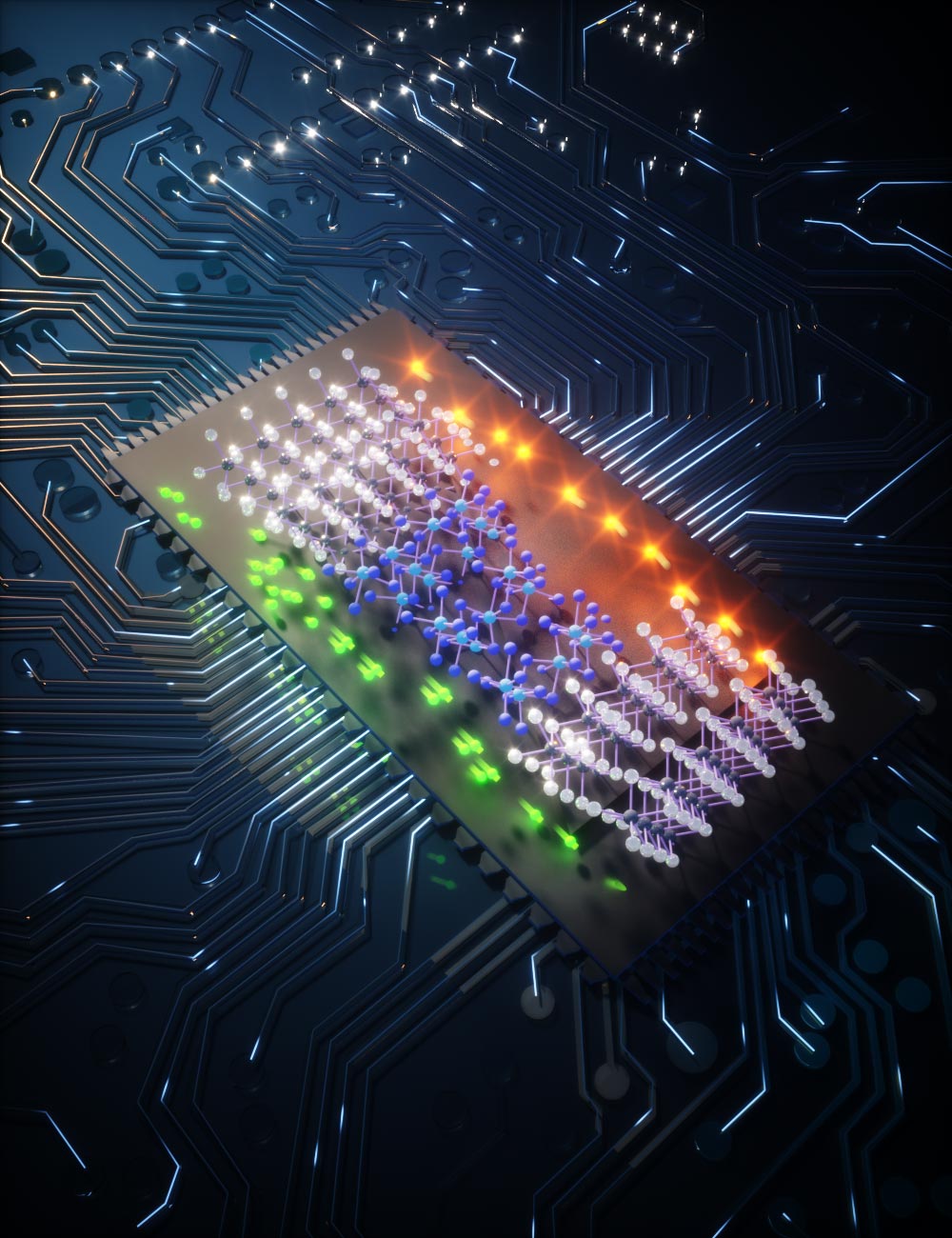Breakthrough Discovery of the One-Way Superconductor – Thought To Be Impossible
Associate professor Mazhar Ali and his research group at Delft University of Technology (TU Delft) have discovered one-way superconductivity without magnetic fields, something that was thought to be impossible ever since its discovery in 1911 – until now. The discovery, published in the journal Nature, makes use of 2D quantum materials and paves the way toward superconducting computing. Superconductors can make electronics hundreds of times faster, all with zero energy loss.
Ali: “If the 20th century was the century of semiconductors, the 21st can become the century of the superconductor.”
Throughout the twentieth century, many scientists, including Nobel laureates, struggled over the nature of superconductivity, which was discovered in 1911 by Dutch physicist Kamerlingh Onnes. In superconductors, a current flows across a wire with no resistance, which means inhibiting this current or even blocking it is hardly possible – let alone getting the current to flow only one way and not the other. The fact that Ali’s group was able to make superconducting one-directional – which is required for computing – is remarkable: it’s like inventing a special type of ice that has zero friction one way but insurmountable friction the other.
Superconductor: super-fast, super-green
The advantages of applying superconductors to electronics are twofold. Superconductors can make electronics hundreds of times faster, and incorporating superconductors into our daily lives would make IT much more eco-friendly: if you spun a superconducting wire from here to the moon, it would transport the energy without any loss. For instance, the use of superconductors instead of regular semiconductors might save up to 10% of all western energy reserves according to NWO.
According to the Dutch Research Council (NWO), using superconductors instead of conventional semiconductors might save up to 10% of all Western energy reserves.
The (im)possibility of applying superconducting
In the 20th century and beyond, no one could tackle the barrier of making superconducting electrons go in just one-direction, which is a fundamental property needed for computing and other modern electronics (consider for example diodes that go one way as well). In normal conduction the electrons fly around as separate particles; in superconductors they move in pairs of twos, without any loss of electrical energy. In the 70s, scientists at IBM tried out the idea of superconducting computing but had to stop their efforts: in their papers on the subject, IBM mentions that without non-reciprocal superconductivity, a computer running on superconductors is impossible.
Superconductivity is a set of physical properties seen in some materials in which electrical resistance disappears and magnetic flux fields are expelled. A superconductor is any substance that possesses these qualities.
Interview with corresponding author Mazhar Ali
Q: Why, when one-way direction works with normal semi-conduction, has one-way superconductivity never worked before?
Mazhar Ali: “Electrical conduction in semiconductors, like Si, can be one-way because of a fixed internal electric dipole, so a net built in potential they can have. The textbook example is the famous “pn junction”; where we slap together two semiconductors: one has extra electrons (-) and the other has extra holes (+). The separation of charge makes a net built-in potential that an electron flying through the system will feel. This breaks symmetry and can result in “one-way” properties because forward vs backward, for example, are no longer the same. There is a difference in going in the same direction as the dipole vs going against it; similar to if you were swimming with the river or swimming up the river.”
“Superconductors never had an analog of this one-directional idea without magnetic field; since they are more related to metals (i.e. conductors, as the name says) than semiconductors, which always conduct in both directions and don’t have any built-in potential. Similarly, Josephson Junctions (JJs), which are sandwiches of two superconductors with non-superconducting, classical barrier materials in-between the superconductors, also haven’t had any particular symmetry-breaking mechanism that resulted in a difference between “forward” and “backward.”
Q: How did you manage to do what first seemed impossible?
Ali: “It was really the result of one of my group’s fundamental research directions. In what we call “Quantum Material Josephson Junctions” (QMJJs), we replace the classical barrier material in JJs with a quantum material barrier, where the quantum material’s intrinsic properties can modulate the coupling between the two superconductors in novel ways. The Josephson Diode was an example of this: we used the quantum material Nb3Br8, which is a 2D material like Breakthrough Discovery of the One-Way Superconductor – Thought To Be Impossible

